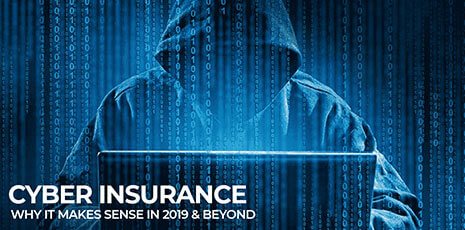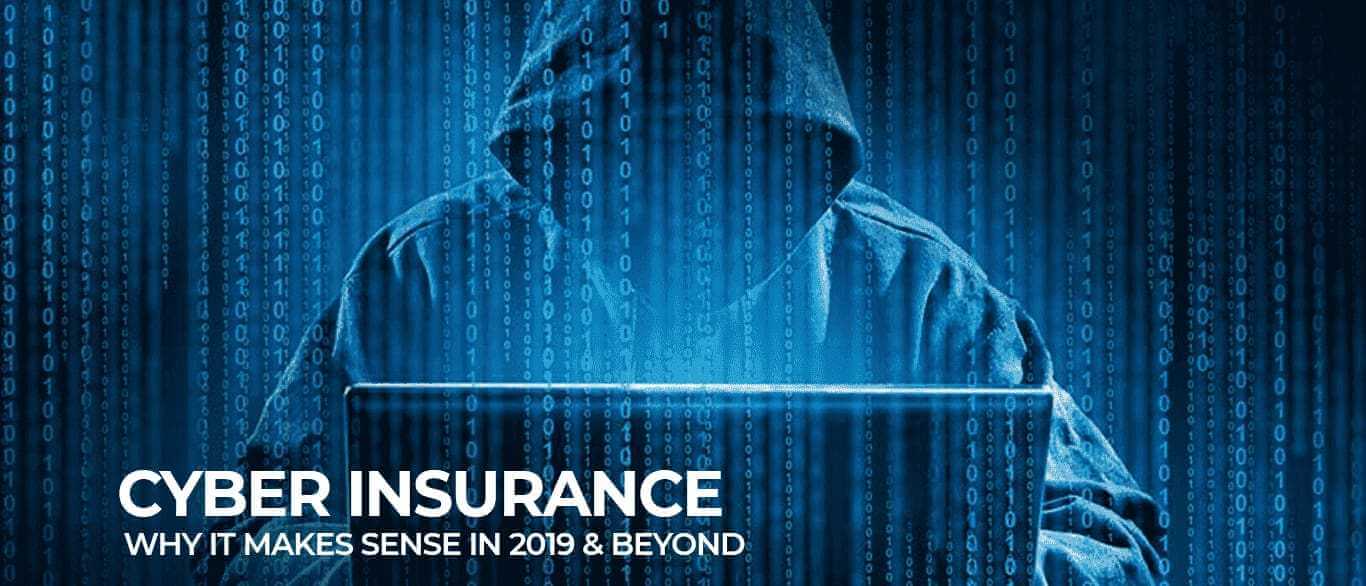Cyber Insurance – Why it Makes Sense in 2019 & Beyond

There are nearly a million new malware attacks every day and 62% of these attacks are carried out on small and medium business enterprises. It takes nearly 200 days to even discover that a data breach has occurred!
In the modern internet era, it is data everywhere. Data is stored, retrieved and transacted across businesses and industry. A strong IT infrastructure at times appears too weak in the face of the onslaught of cybercriminals and hackers. Cyber security related issues are becoming a big source of threat, which can either make or mar the future. The after-effects of a data breach can be daunting to overcome and painful to recover from. Loss of face, customers, pride and confidence are some of the immediate reactions. The financial loss, compensation, and legal issues are the final nails on the coffin.
Estimated Loss sustained during wannacry outbreak
During May 2017, wannacry ransomware outbreak made companies lose more than $4 billion in just under a week, infecting over 30,000 machines across the world. We will not delve further into the intricacies of the vulnerability or the technical details behind it, but rather focus on how cyber insurance can help companies tackle such attacks and overcome them with peace of mind.
How does Cyber Insurance help?
Data breach or loss or leakage of customers’ personal data is ground for hefty penalties in several countries. Privacy of data is to be ensured at all costs. Therefore, to minimize losses, under cyber insurance policies, insurance companies provide the services of a crisis-management team, (experts in cyber security), immediately when a data breach is noticed. The crisis management team arrests the further slide of data, plugs loopholes in the system, attempts to repair and rebuild company reputation and estimates the losses suffered or the costs associated with the breach.

Cyber liability cover gives both First-party and third-party. First party coverage is the loss and expenses sustained by the holder of the policy, while third-party coverage protects victims of data theft or other cyber-crimes. Cyber insurance helps a company cover the costs of compensation, penalties and the expenses associated with data protection and data retrieval. Apart from this, claims arising out of the failure of the victim to secure personally identifiable information of a third party are also covered. Regulatory actions, privacy breach and failure to detect or disclose a security failure are some of the other issues covered under cyber insurance. Even the notifications, public relations exercise (For example, informing customers not to panic or that their data and money is safe etc.), legal guidance are all included in the coverage.
The outage period or interruptions and the loss sustained due to such interruptions are covered. Ransomware infections lock a computer and demand a ransom amount to get them ‘unlocked.’ This ransom payment is also covered under cyber insurance.
The outlook for the next decade
As we get more and more electronically connected, cyber threat is real and is here to stay. It all depends on how an organization copes up with it. The effort should be to minimize the financial and other implications of the cyber attack. The ability of the organizations to make informed decisions prior to the attack and their preparedness for facing any eventuality is the key to successful crisis management. An appropriate cyber insurance policy will help you tide over the crisis with ease.
At NAIB, we know the importance of sensitive data and how it affects your business interests. Our comprehensive range of cyber security schemes covering network security, cyber liability and privacy for first and third party risks shall help you sail through the risks associated with cyber threats at competitive rates.



